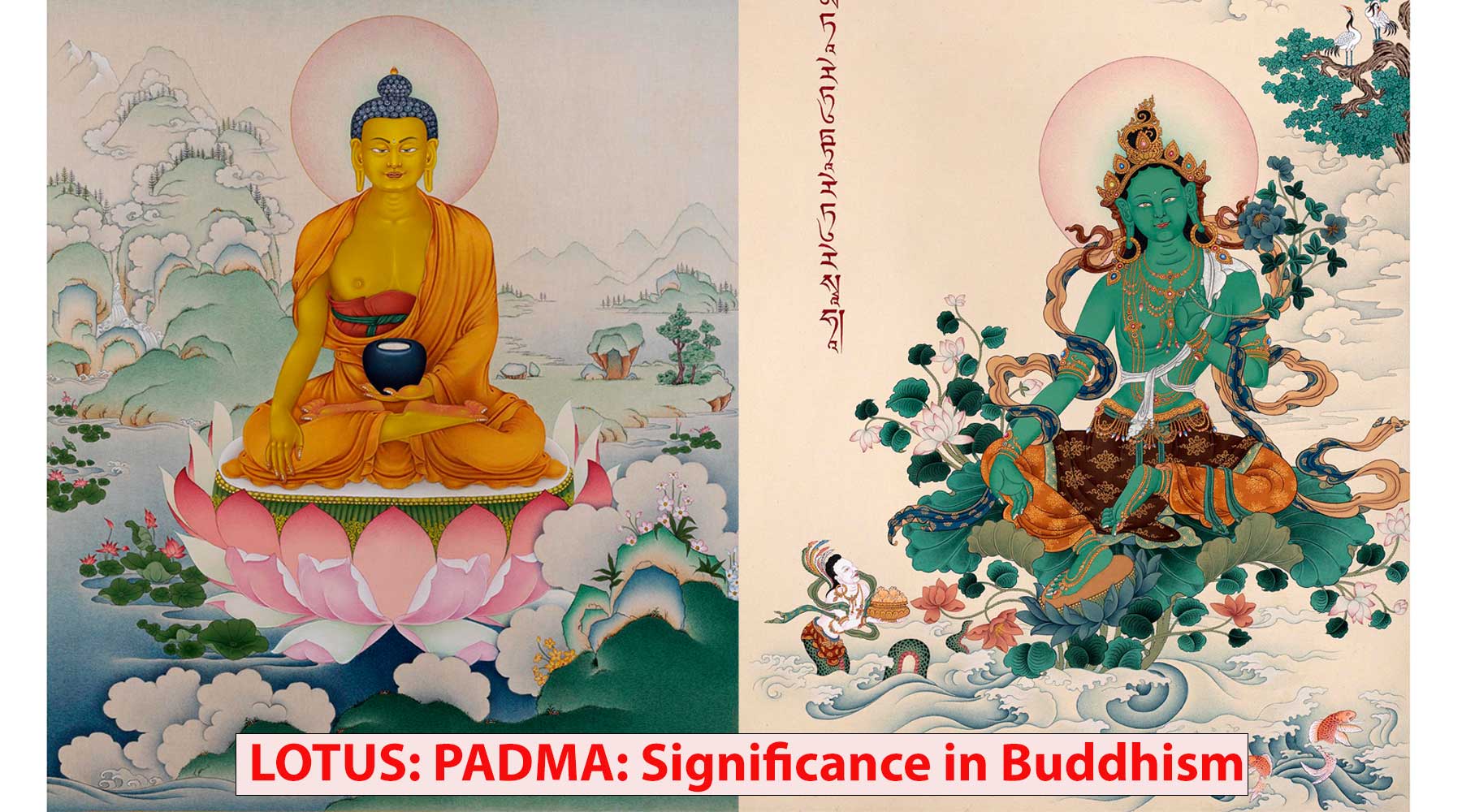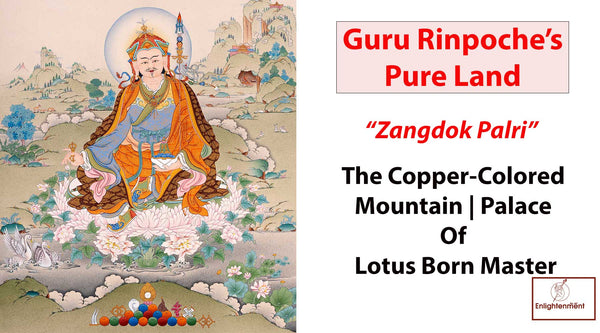What Is The Meaning Of Lotus Flower?
The lotus plant, a perennial aquatic plant, is symbolic of how the flower blooms above murky water, rising over the water, symbolizing the purity of the flower. It thrives in nutrient-rich, muddy conditions. As the lotus blooms, the exquisite blossoms there grow and unfold one by one. Buddhists consider the lotus to be a sign of life. The mud, as opposed to the flower, stands for the suffering, challenges, and difficulties we face. The flower is said by Buddhists to stand for rebirth, reincarnation, self-purification, and spirituality. The core inner portion, the stamen, and the carpel of lotus flowers are yellow, representing the way and objective of enlightenment. Lotus flowers come in a range of colors. The lotus blossom is a powerful reminder that everyone can become enlightened.
Just as the lotus emerges from water full of dirt to ascend to the water's surface to bloom in beauty and purity, so too may the human spirit take on the characteristics of a Buddha and rise beyond desire and attachment to reveal the true nature. In the grand scheme of things, that is the core of what makes us human. As it emerges from the murky waters, the lotus blossom is compared to the concept of "enlightenment" or, in this instance, is related to the tainting of the water. Life's illusions are comparable to the seas that the lotus must cross since neither can tarnish the beauty of the lotus or interfere with its ability to bloom.
Regarding all of the difficulties people face and destructive illusions in life, it is also how we see wisdom and compassion.
Spiritual Meaning Of The Lotus Flower
Click here to view Hand Painted High Quality Thangka
Spiritual enlightenment: The result of the flower's battle through the difficult circumstances it must endure to bloom and radiate all of its beauty fully. This symbolizes the spiritual body is waking up and overcoming the physical world to achieve spiritual enlightenment and knowledge.
Detachment: It symbolizes the lotus flower's separation from the murky water, which, in contrast to our lives, allows us to focus on what matters, such as wisdom, interpersonal connections, and self-awareness, which would be good for our souls. As the lotus blossom separates from the mud and water that pollute its surroundings.
New beginnings and resurrections: The human soul for the human can arise from the human, just as the lotus does from the murky waters. The flower emerges from the water daily, blooms, then sink back into the same body of water after rising again. The cycle resumes the next day when a fresh lotus blooms.
Contrasted with the human spirit, purity, and cleanliness: The lotus symbolizes cleanliness and purity, especially of the human soul, since it rises each morning from the muddy waters unblemished. The flower's heart can never be harmed by travel or frequent muck and murky water exposure.
Personal growth: As the lotus progressively opens up, each petal represents a step closer to enlightenment. In this view, the flower is a symbol of personal growth. The lotus flower represents the change it brings about in people's souls.
Nature and womanhood: While a lotus bud is occasionally used to symbolize purity, a fully formed bloom indicates a mature, maturing girl. The lotus is a beautiful representation of loyalty to your identity and character. It stands tall and arrogant, unconcerned by its gloomy surroundings. It is anchored. It enhances and beautifies its surroundings only by being there.
These are the everlasting meanings of the lotus, and many depictions of the lotus bloom in various phases. They may be distinguished mainly by the color they are painted in, with each shade denoting something distinct.
- Red Lotus Flower: Signifies love, care, and affection
- White Lotus Flower: Represents the Buddha's heart and purity of body, mind, and spirit
- Blue Lotus Flower: Portrayed as wisdom, knowledge, and intelligence and is often shown partially open. This indicates someone who has started their spiritual journey by leaving the concept of "self" behind.
- Pink Lotus Flower: The most supreme and honored. It is in full bloom and symbolizes the Buddha, who associated himself with the lotus, unsoiled by the mud.
Significance Of The Lotus
According to mythology, the first steps of Gautama Buddha caused lotus flowers to grow everywhere he went. Padmasambhava, the Lotus-Born, is honored as the Second Buddha in Tibet because he brought Buddhism, thereby taming or converting the native gods. He is frequently seen clutching a flower. The Guru Padmasambhava, commonly referred to as "the lotus born," also claimed to have gained enlightenment and was said to have been born from a lotus flower. There are several sculptures of Tara that feature the lotus flower. Typically, she is seen holding two lotus blossoms from the stalk that is blooming next to her head. One of the two blooms is fully open, and the other is just beginning to blossom.
One of Buddha's most treasured teachings, the lotus sutra, was likewise inspired by the lotus flower. In reality, the Buddha depicted in the Lotus Sutra is the holy, immortal Buddha who gained full enlightenment countless eons ago. Through the language of miraculous abilities, He partially exposes His character as the highest object of trust and adoration. The Lotus Sutra, also known by its Sanskrit name Saddharmapuarka-stra, is one of the first Mahayana Buddhist writings treasured as the essence of truth ("Lotus of the Good Law [or True Doctrine] Sutra").
Click here to view High Quality Thangka Paintings
Single-petaled lotus flower: While double-petaled lotuses are less common in sculptures, they can be seen underneath the deity as he sits. At the base of the lotus flower, two rows of petal blossoms are arranged in a row. Both the upward and downward-facing petals are stacked.
Double-petaled lotus flower: Some statues show the god reclining on a lotus throne with a single-petal lotus flower instead of the double-petaled lotus bloom. The disc is carved with a single row of upright, skyward-blooming lotus petal blossoms.


